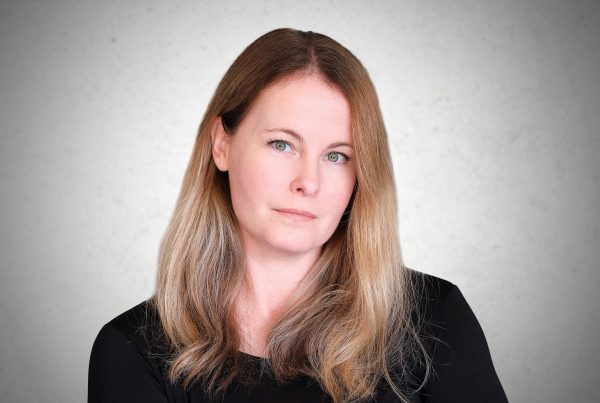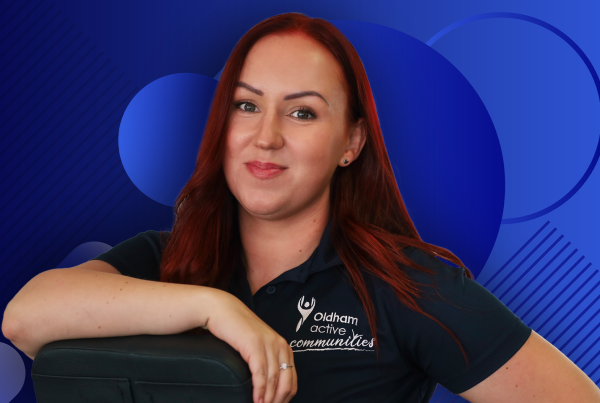By Ben Wilkins, CEO, Good Boost
This month, ukactive launched the ‘Leading the Change’ report on the role of the fitness and leisure sector working with health and social care through social prescribing. The report highlights the unique position of leisure spaces to create community exercise and wellbeing places for people with health conditions. Exercise has huge health and wellbeing benefits, and last year the National Institute for Health and Care Excellent (NICE) updated its guidelines for the role of exercise in managing chronic pain, a common characteristic in many health conditions.
In England, 15.5 million people live with chronic pain. Approximately 5.5 million (12% of the population) have high-impact chronic pain, where pain makes it an ongoing challenge to take part in daily activities (Versus Arthritis, 2021). The main contributing factor for eight in 10 people living with chronic pain are musculoskeletal conditions such as osteoarthritis, back and neck pain. For people living with this, it’s not just an ‘ache in your back’ or a ‘twinge in your knee’, it is an unrelenting and all-consuming part of everyday life.
Over the past century, persistent pain has been managed with medications, many being opioid based, however, in recent years the widespread use of opiates has been condemned. In recent decades, medical research has shown neurological, emotional, environmental, contextual, and psychological factors contribute to pain beyond the three-month mark, rather than solely pain receptors in the skin.
In April 2021, NICE updated the guidelines on the role of non-pharmacological treatments for the management of chronic pain, with a focus on exercise programmes and psychological therapies. Furthermore, the Arthritis and Musculoskeletal Alliance (ARMA) has put forward its proposition for chronic pain with an emphasis on these services being delivered in community rather than medical settings.
The waiting list for NHS pain services is varied, with some people waiting over a year for treatment and many not being able to access support for many months. We need to embrace the opportunity that community and leisure services could provide for the millions of people living with chronic pain.
Leisure services lessening the pain
Leisure and community services are already providing local options for pain management. For example, ESCAPE-pain is a nationwide, evidence-based programme for people living with osteoarthritis that affects their hips, knees and back. Its combination of exercise and education has been demonstrated to reduce pain and improve wellbeing. Swimming pools also play a key role, as being submerged in water modulates our experience of pain – as demonstrated in articles by Swim England and its proactive work through the Water Wellbeing programme.
There are numerous options for exercising with chronic pain. The key requirements are education and empathy so that fitness and leisure staff can confidently work with people living with pain, and for these beneficiaries to be made aware of the options leisure venues offer. There are huge opportunities to design more options for being active with chronic pain. Choice is key: what works for one person may not for another, and having many options for self-management in the community increases the likelihood of finding something that works for everyone, that they can stick with as part of a long-term lifestyle change.
In addition to exercise, peer-support and talking therapies represent significant benefits. The next step in leisure health and wellbeing services and their integration with social prescribing is creating more holistic services in leisure spaces.
The new health and wellbeing memberships base
Leisure centre and gym members still only represent a minority of the total adult population. The Fitness Report 2019 highlighted some key stats: pre-pandemic, 15.6% of UK adults attended gyms and leisure centres, leaving 84.4% of the UK population as potential members, with more than four-fifths of people living within two miles of a leisure centre or gym. There is an untapped potential in the 84.4%.
Mindsets are shifting: the Sport Participation: Impact of COVID-19 report highlights that two thirds of people are more concerned with staying fit now than before the pandemic and would like to take part in more sport activities. With the growing prioritisation of personal fitness and wellbeing as supporting overall health, this is the ideal opportunity for the leisure industry to design and deliver services that appeal to the non-traditional gym member. Sessions with a focus on personalisation, individual growth and peer-communities, rather than high-tempo, competitive and intimidating classes, could provide the most direct path to membership growth.
Designing options for people living with health conditions can allow leisure centres to support their communities and improve their bottom line.
Now is the time to tap into this potential. With the call to action from ARMA’s chronic pain report, and all long-term health condition charities advocating the role of physical activity, the roll-out of social prescribing and the shift in the public’s mindset, the planets are aligning for an integrated leisure solution. Leisure centres and gyms have attributes no digital service can replicate; a local, in-person service that’s inclusive, accessible and tangible, and delivers the critical ingredient of emotional support.
For more details on social prescribing and the role of leisure in health and social care, please read the Leading the Change, Social Prescribing within the Fitness and Leisure Sector Report by ukactive.
Good Boost is a member of the ukactive Strategic Partner Group – find out more here.
Disclaimer: Any views or opinions expressed are solely those of the author and do not necessarily represent those of ukactive.




